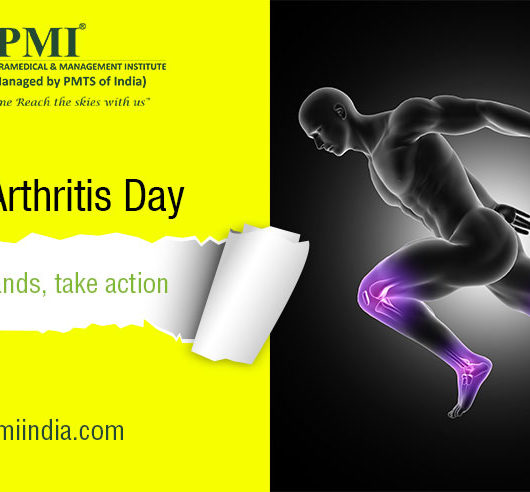Needle Stick Injury
Needle stick injuries represent a substantial occupational hazard for healthcare workers in which the healthcare workers are accidentally punctured by a used needle, but a proactive approach to safety can significantly mitigate the risk of such incidents. To ensure a safer working environment, it’s crucial to adhere to a set of do’s and don’ts when handling needles.
On the proactive side, prioritize the use of safety-engineered devices, as they are specifically designed to minimize the risk of needle stick injuries. Always dispose of used needles in designated sharps containers immediately after use, avoiding any attempts to recap them, which could increase the risk of injury. Thorough education and training for healthcare personnel on safe needle handling techniques are essential, along with prompt reporting of any injuries to enable timely evaluation and intervention. Additionally, staying up-to-date on vaccinations, particularly for hepatitis B, provides an extra layer of protection against bloodborne pathogens.
Conversely, it’s crucial to avoid certain practices. Never recap needles, as mentioned earlier, and refrain from using needles for multiple patients, as this increases the risk of cross-contamination. Skipping established safety protocols or taking shortcuts should be strictly avoided to maintain a consistent and safe approach to needle handling. Lastly, disposing of needles in regular waste bins is a significant don’t—always use designated sharps containers to prevent accidental injuries during disposal.
By incorporating these do’s and don’ts into everyday practice, healthcare professionals can significantly reduce the likelihood of needle stick injuries, fostering a safer and more secure working environment for all.


